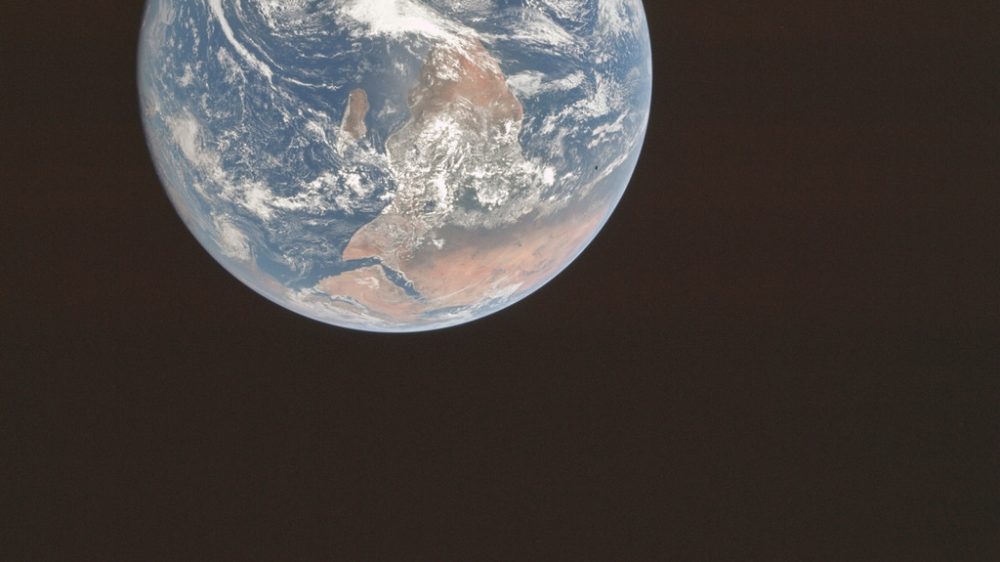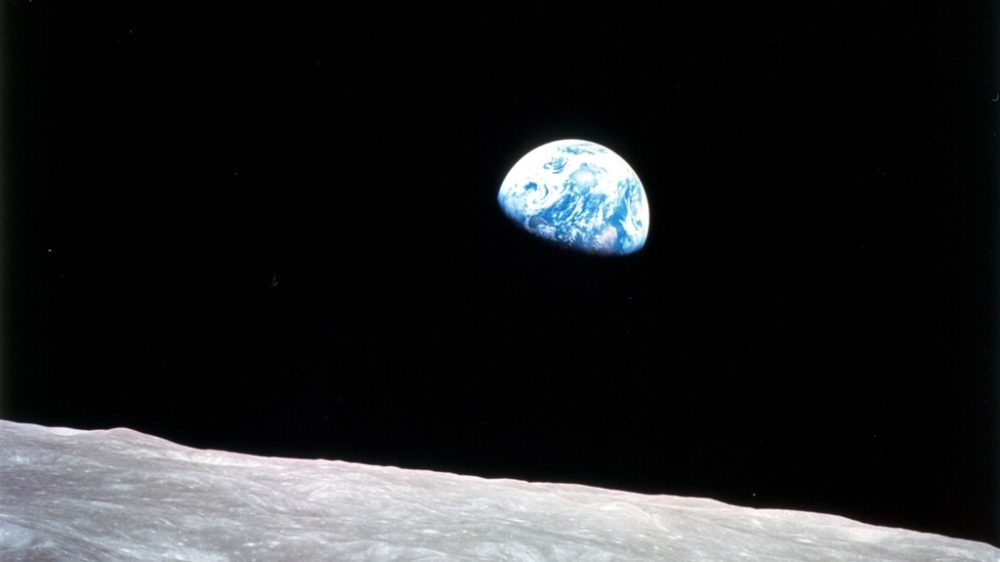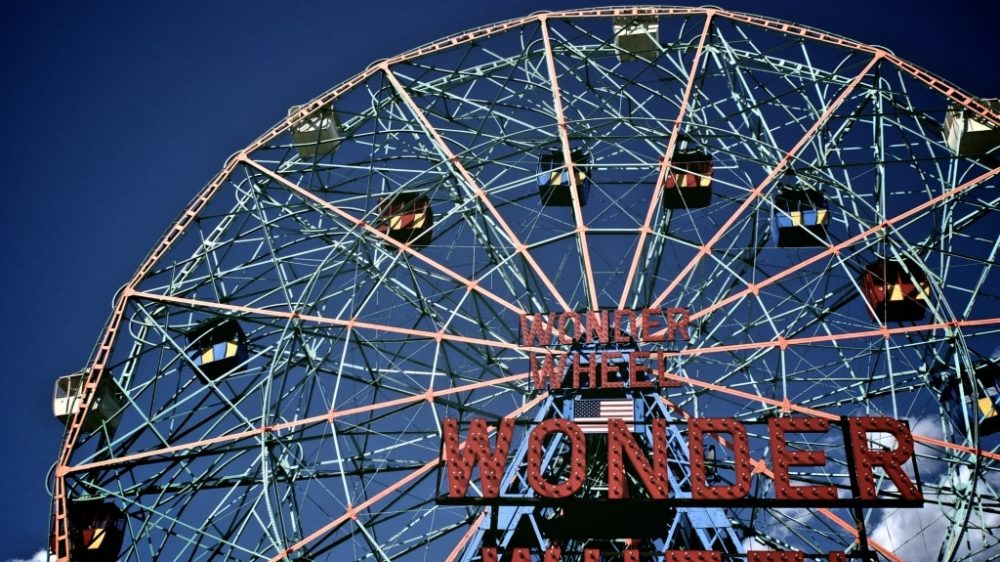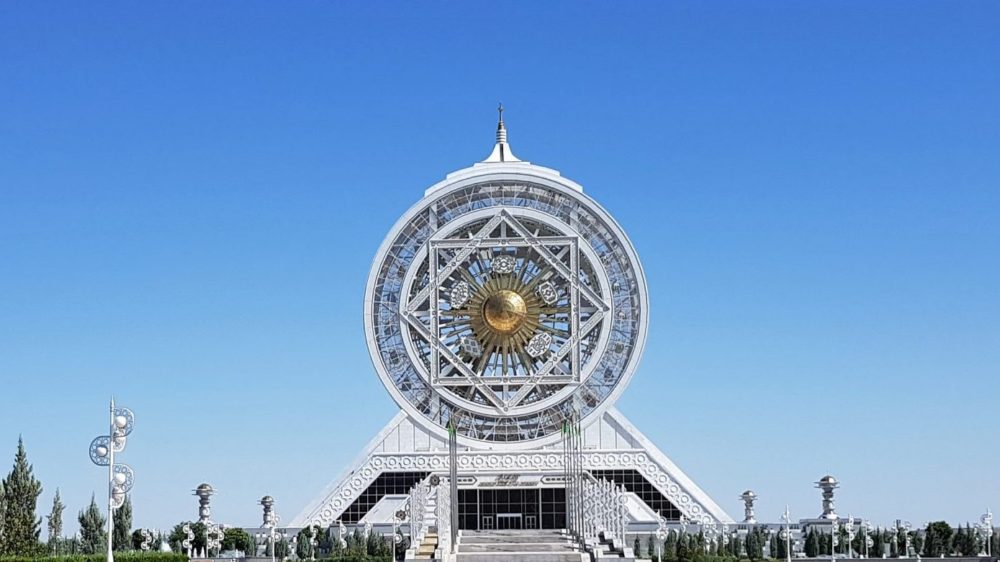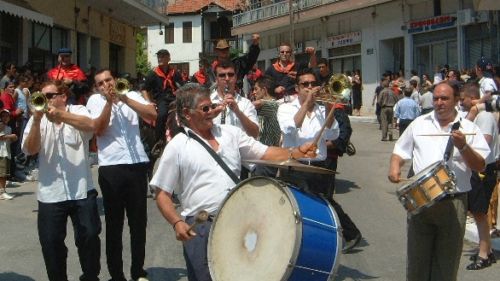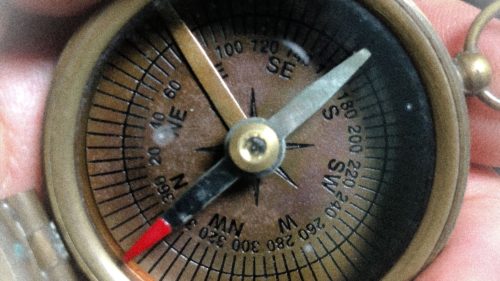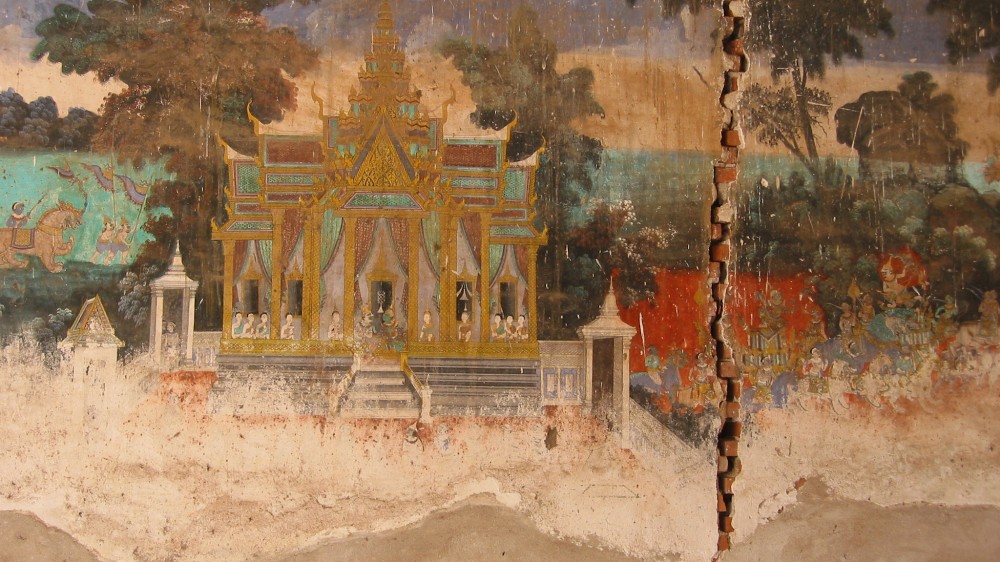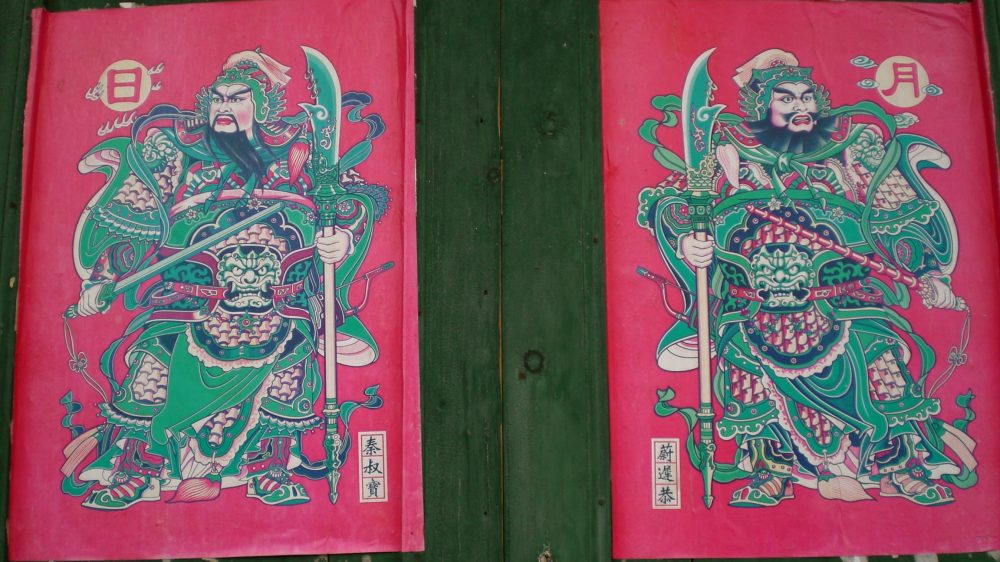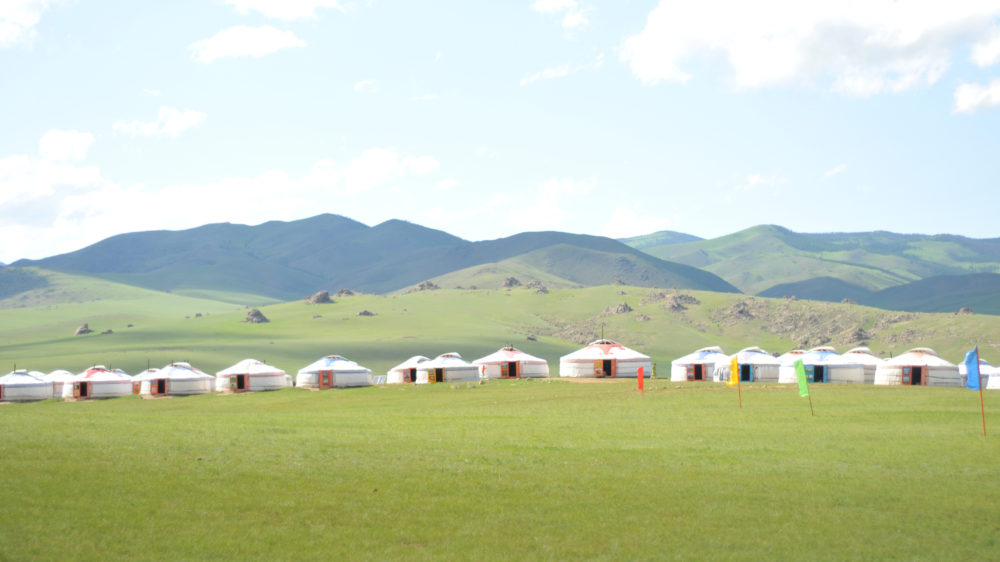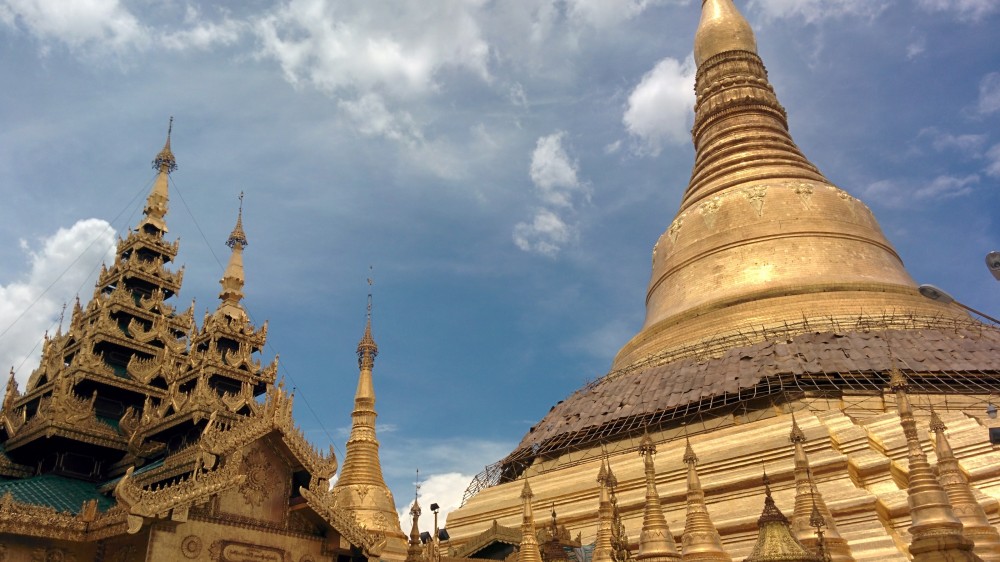Moons and Junes and ferris wheels
George Washington Gale Ferris Jr. grew up in Illinois, obsessed with the moon, its shape, its craters and scarred face. He drew pictures of the moon in grade school and studied it in high school, and when he graduated at Rensselaer Polytechnic Institute as a civil engineer, the lunar mark stuck and came back to him in a fever dream when designing a giant Moon-shaped wheel for the World’s Fair in Chicago 1893: the one to celebrate the 400 years since Christopher Columbus landed (himself no stranger of the power of the moon; he once successfully god-feared the people of Jamaica to work for him by predicting a total lunar eclipse in 1504.)
After a few years of living in Asia I remember noticing there were multiple cities I spent time in that had Ferris wheels in prominent places, and most of the time they did not work; stage props to show optimism, sphere shaped, moon-formed lunar masses to be lit up at night and project the image of hope. I had been traveling and living in Asia for over a decade and had seen these monuments on the border with North Korea and China, Yangon, Hanoi, Ashgabat, Phnom Penh, Guangzhou, Kashgar. None of them worked.
Most recently it was in Ashgabat, a city in the desert ruled by a mad dictator obsessed with Guinness records, so the Ferris wheel was air conditioned in order to win the claim as the worlds largest indoor Ferris Wheel….but again, non functional. I am convinced that in some user manual for running a dictatorship, there is a clause on having to own a Ferris wheel and plop it in the middle of the city in order to fully rule, that there is some factory in rural Siberia pumping out stage-set-like non-functional Ferris wheels to these cities to keep up the good vibes so the ruling elite can run amok and ride real working Ferris wheels in places like Paris, where they keep a summer apartment in the 6th Arrondissement.
These wheels give a feeling to a population, a feeling of togetherness and the idea of the potential that we all could one day sit there, the dizzy dancing way that you feel spinning on those metal seats above a city; it gives the idea of us and the inspiration birthed from G.W.G. Ferris Jr’s youthful love of the Moon, the O.G. Ferris wheel.
I find myself looking at the Moon a lot this strange season, and following the Moon cycles to try and wrap my head around tides and how the Moon pulls at all that water around us. It has been a season we have all watched closely, and felt more than most. I am more superstitious than I would like to admit and feel that the Moon must pull on us, it must have some sort of effect that we are not taking into account. The fact that gravity sends waves and ebbs and flows time and space is known in physics, but I want to hear more about how that keeps me up on full moon nights, why hospitals fill up and my kids can’t sit still.
The Moon becomes the only celestial body we can study with the naked eye, and thus is the bellwether of “us”. We can all look at the Moon, we can see its face shining back, we can gaze at it unlike with the sun which burns, nor like far off stars that are too small to gather. And this is what I see when I look up, I see us, as one, as whole, as a planet looking up at the same Moon through each of our nights, a moon like a giant Ferris wheel in the middle of our city.
The pandemic has shed light on this “us”, it has focused the frame of our thought to see that borders and nations might just be imaginary things we made up to occupy our time, but we are all on one round rock, spinning, staring up at the same lunar mass. I feel the same when in another country, when far from what I know as home. I have always felt that the initial observation in travel is the difference. but the deeper lasting knowledge from travel is the sameness. That through borders, pandemics and illnesses, droughts and floods and the divisions that we imagine, we all laugh, play, sing, dance, scream, shout, cry, hug, love.
I think this is why I have been looking at the Moon so much; I miss feeling close to my world through travel, and because of having to be cut off from each other I miss feeling the sameness. But I can get a glimpse of it by seeing the light from the sun reflecting on a full Moon back at this Covid shaped earth.
In December of ’68 as well as December of ’72 photos were taken of Earth from the Moon that were the first of their kind. “The Blue Marble”, taken by the crew of Apollo 17 is one of the most reproduced photos of all time, and it should be, it is the visual tidal wave of fact that we are here on one planet, together.
I stare at the Moon at night now deep into June and July; for clarity, for perspective, to remind me of us and hold me over until I can travel again to those far off cities with stage-set Ferris wheels that no longer spin.
For more of Tyler’s own beautiful brand of lunacy, or to discuss travel plans or trips already taken, email him here.
